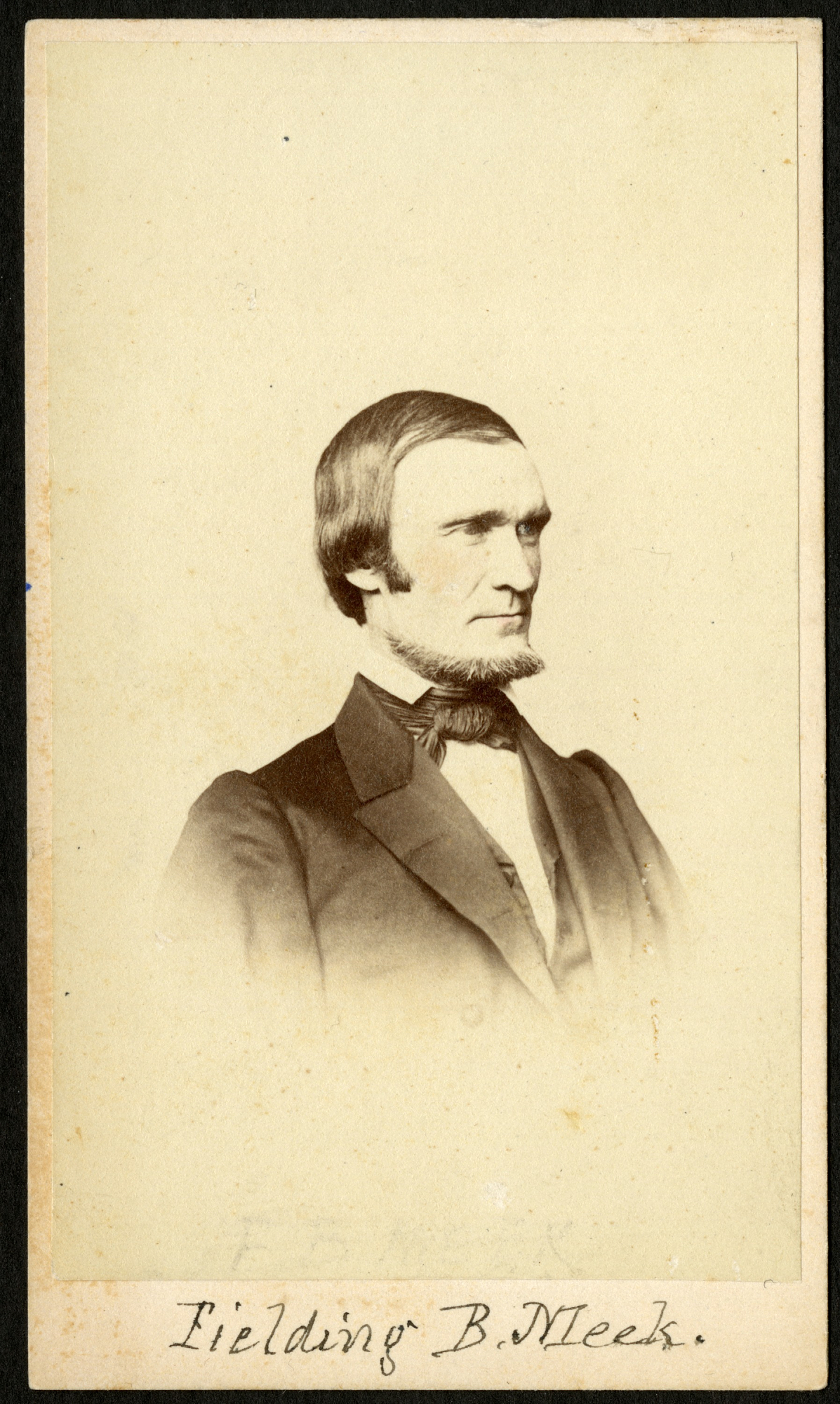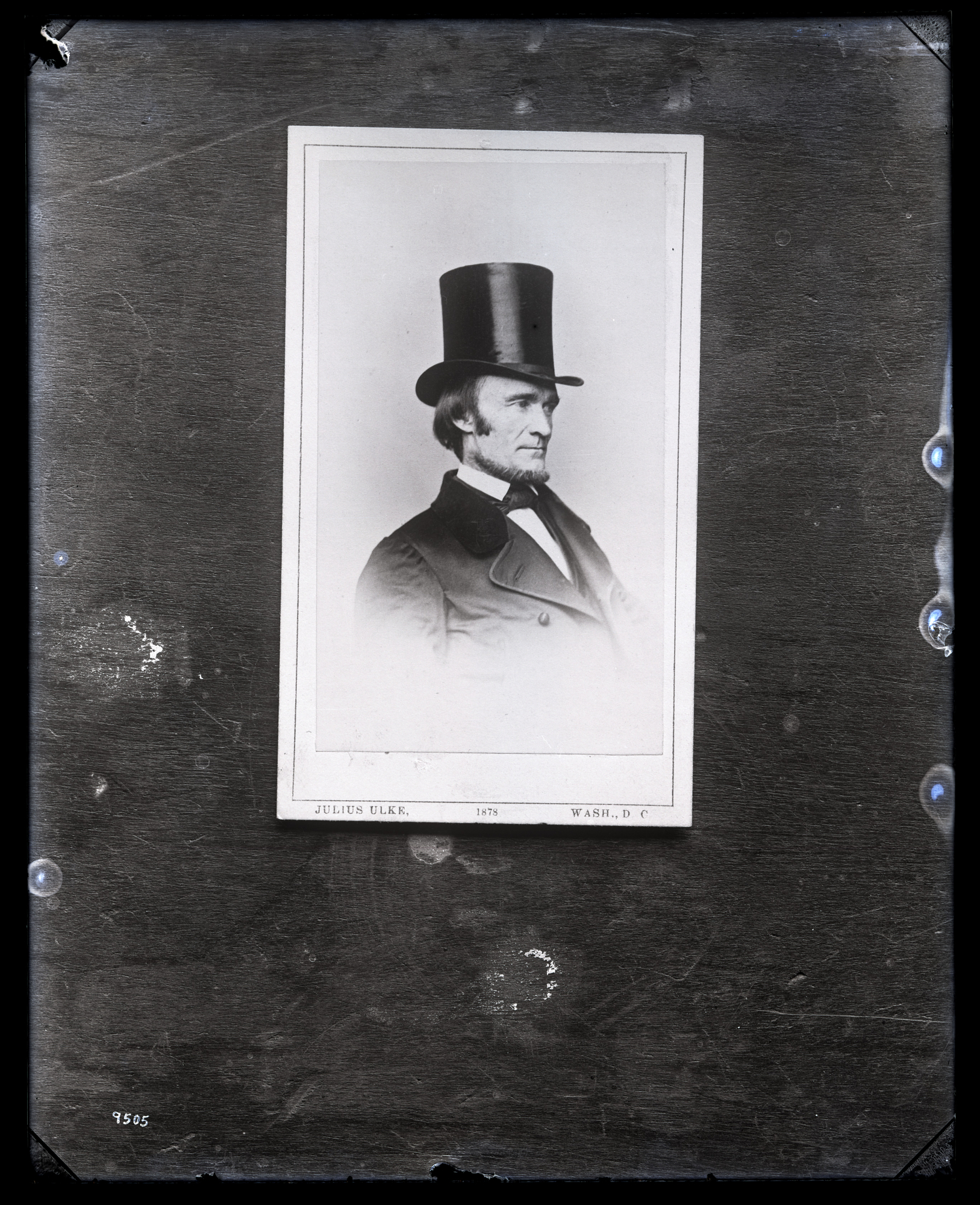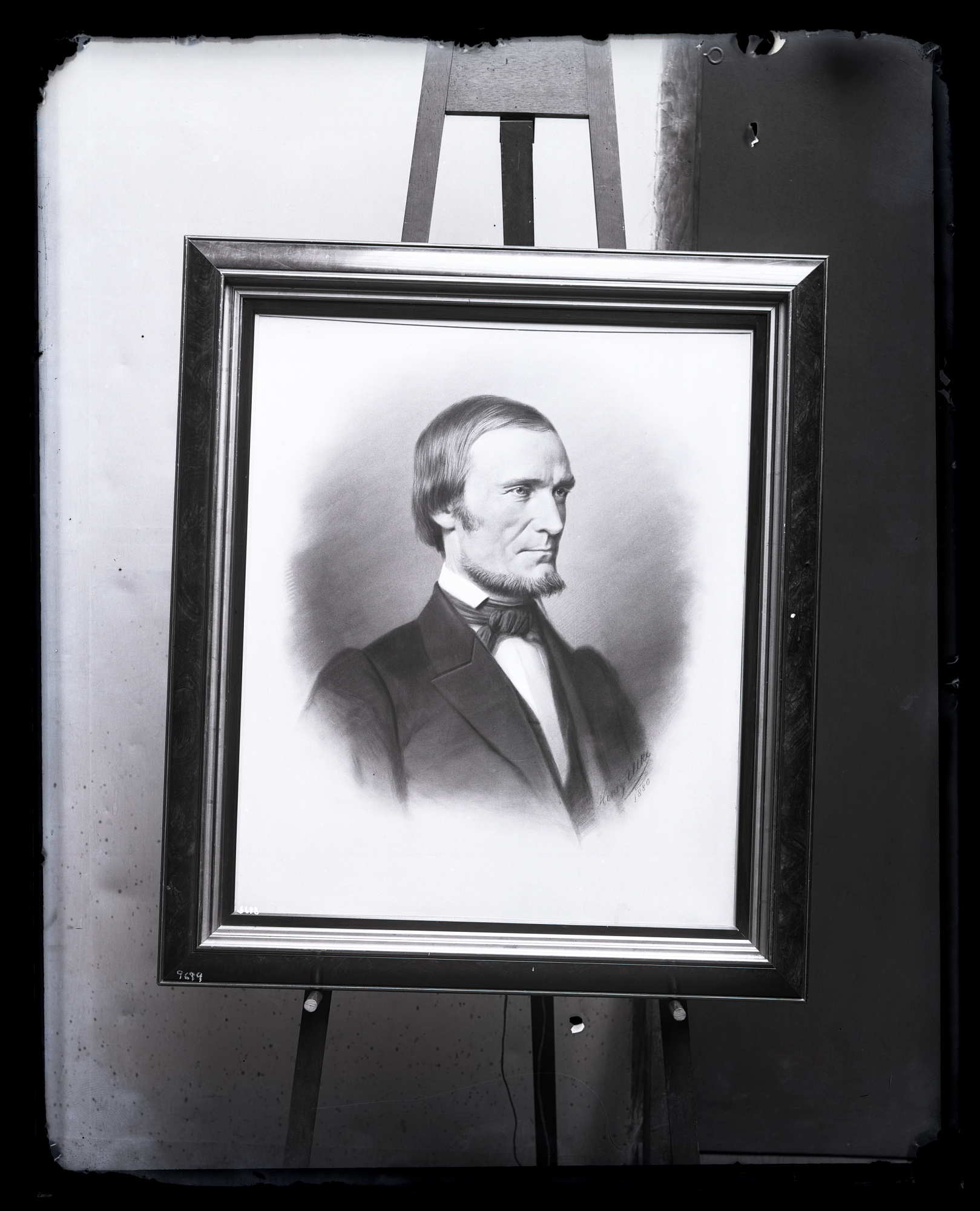Fielding Bradford Meek
![Fielding Bradford Meek (1817-1876), Smithsonian Institution Archives, SIA RU000095 [SA-735]. Fielding Bradford Meek (1817-1876), Smithsonian Institution Archives, SIA RU000095 [SA-735].](https://ids.si.edu/ids/iiif/SIA-SA-735/full/250,/0/default.jpg)
Meek was born on December 10, 1817 in Madison, Indiana, along with a brother and two sisters. The beginning of his life was a bit difficult, having poor health and a father who passed away when he was only three years old. Despite the hardships, Meek moved forward with his career and in 1848, was made assistant to Dr. David Dale Owen and helped organize the United States Geological Survey of Iowa, Wisconsin, and Minnesota. Once his work with Dr. David Dale Owen was completed, Meek went to work with another Megatherium Club member, Ferdinand Vandeveer Hayden, publishing many writings under the name “Meek & Hayden”. Three years after, Meek began preparing his publication on Cretaceous fossils from Nebraska for the American Academy of Arts and Sciences of Boston; this would be his first publication.
Moving to Washington, DC in 1858, Meek became a member of the Megatherium Club, earning a room and workspace in the main tower of the Castle, thanks to the help of Assistant Secretary Spencer Baird. Though in poor health for most of his life and becoming increasingly deaf as the years went on, Meek’s health never caused him to opt out of conversing with scientists in the Castle, according to Megatherium Club members.
Meek died in the Smithsonian's Castle on December 21, 1876, and the Smithsonian gave him a proper funeral in the Castle where Secretary Joseph Henry honored Meek and spoke of his life’s accomplishments and feats.
Related Resources
- Folks at Home: February 17, 1863, Robert Kennicott, The Grove National Historic Landmark, Glenview, Illinois
- Biographical Memoir of Fielding Bradford Meek: 1817-1876, Charles A. White, National Academy of Sciences





